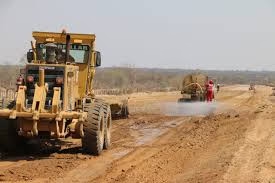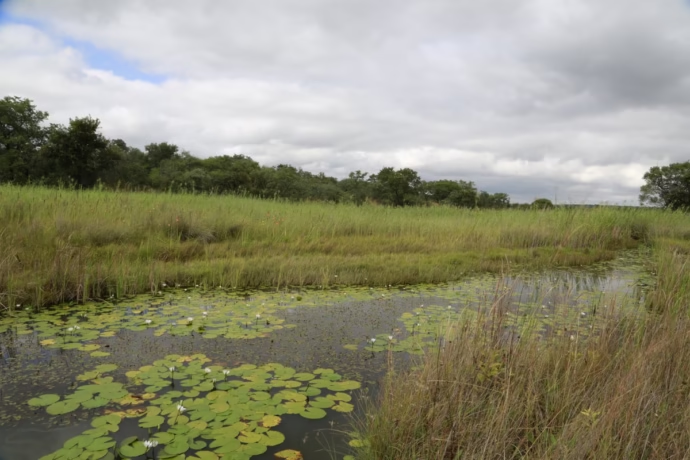
Zimbabwe has embarked on a transformative journey towards green energy, with the Cabinet announcing the roll-out of the Presidential Rural Solarisation Project (PRSP) in 2025.
This ambitious initiative, targeting around 200,000 rural household beneficiaries annually over five years, represents a significant milestone in the country’s climate change mitigation efforts and its transition to sustainable energy.
The PRSP aims to address Zimbabwe’s ongoing energy challenges, which have been exacerbated by low water levels at Kariba Dam, a major source of the country’s electricity. By providing advanced solar technologies such as batteries, inverters, solar panels, and cables, the project is set to reduce reliance on grid power, thereby alleviating pressure on ZESA. The initiative, spearheaded by the Rural Infrastructural Development Agency (RIDA) and guided by an Inter-Ministerial Steering Committee, will integrate expertise from local universities to ensure effective implementation.
Crucially, the PRSP is not just about energy; it is also a livelihoods initiative. Women and youths in rural areas will receive training in the installation, maintenance, and repair of solar systems, empowering them with skills that generate income and foster self-sufficiency. This deliberate inclusion of marginalized groups aligns with the Government’s broader agenda of job creation and community upliftment.
The Government is already piloting solar adoption in urban areas, with 400 households in Harare’s Glen View suburb receiving solar systems. Excess power generated from these installations is being fed into the national grid, highlighting the dual benefits of addressing energy shortages while creating a sustainable energy surplus.
On an industrial scale, Zimbabwe is making significant strides with a $250 million floating solar project at Kariba Dam, financed by the African Export-Import Bank (Afreximbank). Spearheaded by the Intensive Energy User Group (IEUG), which includes mining companies like Mimosa and a former local unit of Rio Tinto, the project aims to deliver 250MW by mid-2026. Plans are underway to expand this to a 1GW capacity in phased increments, further cementing Zimbabwe’s commitment to renewable energy.
The country has also licensed numerous Independent Power Producers (IPPs) who are establishing solar farms nationwide. These initiatives leverage Zimbabwe’s abundant sunshine, addressing power shortages while positioning the country as a leader in green energy.
Through projects like the PRSP and collaborations with industrial stakeholders, Zimbabwe is demonstrating its resolve to embrace renewable energy solutions.
As the nation takes bold steps to #KujekesaNyikaNemagetsi (light up the country with electricity), it is not only tackling immediate energy shortages but also paving the way for a sustainable and empowered future.




